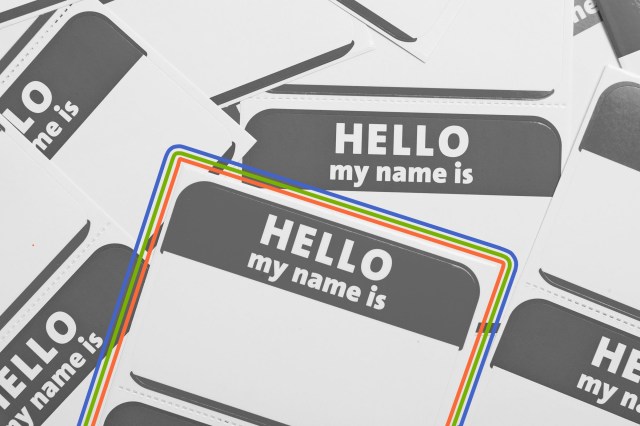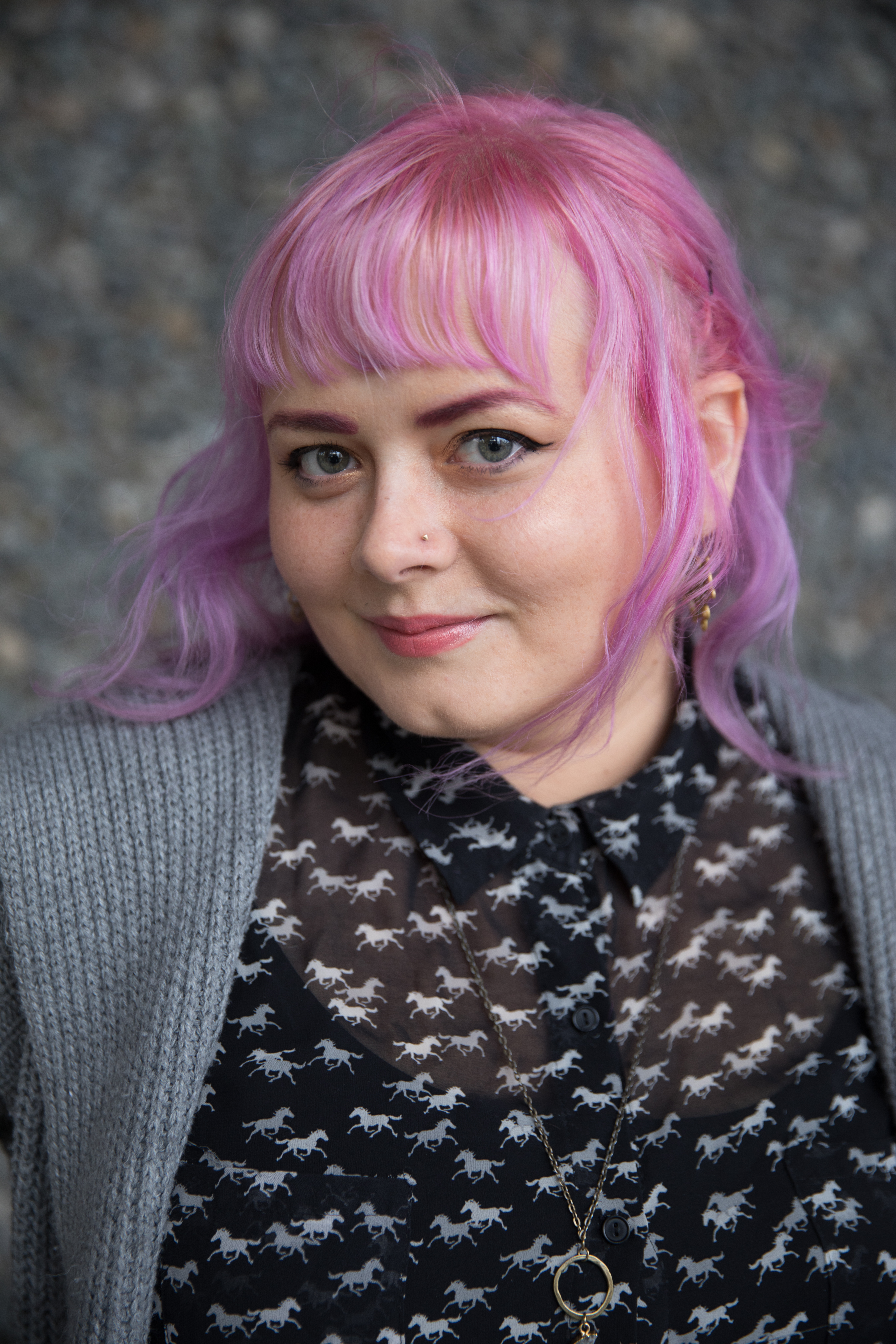
Modern Middle Names Started With 15th-Century Aristocrats
Having three or more names dates back to at least ancient Rome, but middle names as we know them today started in Italy just as it was entering the Renaissance. The earliest middle names were Catholic saint names given to children in elite families in the hopes that saints would protect them. The practice became common by the late 15th century, then spread to lower classes and nearby countries. In the early 1800s, 45% of French boys were given at least one middle name; by the end of that century, the number jumped to 69%. The practice gained traction in Great Britain and the United States during the 19th century too, although it was exceedingly rare to have middle names in those countries before 1800. By this point, middle names weren’t necessarily religious — they just gave families more room to honor a second relative or a matriarchal lineage when naming their children.

The First U.S. President With a Middle Name Was John Quincy Adams
Middle names weren’t common in Great Britain or the United States until the 19th century, so it’s unsurprising that the first five Presidents, born between 1732 and 1758, didn’t have them. It was still unusual when the first President with a middle name, John Quincy Adams, was born in 1767 — but it ended up being pretty convenient as a way to distinguish him from the other John Adams (the second U.S. President). The next President with a middle name was number nine, William Henry Harrison.
At least three later Presidents went by their middle names: Ulysses S. Grant (first name Hiram; the S doesn’t stand for anything), Grover Cleveland (first name Stephen), and Woodrow Wilson (first name Thomas).

Pablo Picasso Had Around 15 Names
Most people know a certain influential surrealist/cubist painter as Pablo Picasso or even just Picasso. But the artist, who was born in Andalusia, actually had around 15 names, inspired by saints and members of his family. His full name, not necessarily in this order, was Pablo Diego José Francisco de Paula Juan Nepomuceno Crispín Crispiniano María de los Remedios de la Santísima Trinidad Ruiz Picasso. At first, he incorporated his second-to-last name, Ruiz, into his signature — his earliest paintings were signed P. Ruiz, then P. Ruiz Picasso, then P. R. Picasso. He signed just “Ruiz” for some cartoons. Eventually, he settled on plain old “Picasso.”
More Interesting Reads

The Most Popular Dog Names Are Luna and Milo
Some people get really creative in naming their dogs, but for every Mutt Damon or Babaganoush, there are plenty of old standards. According to the American Kennel Club, the two most popular names for dogs are Milo (for male dogs) and Luna (for female dogs). Other incredibly common dog names are Max, Bella, Teddy, and Daisy.

The Last Pope to Use His Birth Name Was in 1555
The pope rarely goes by the name he was born and baptized with. For example, Pope Francis, who ascended to the papacy in 2013, was born Jorge Mario Bergoglio. The tradition may have started because John II, who ascended in 533, was named Mercurius for the god Mercury, and pagan gods aren’t exactly popular with the Catholic Church. Now, Popes choose names that honor saints and previous popes. The last time someone bucked tradition was in 1555, when Marcellus II retained his baptismal name.

Iceland Has a Naming Committee That Approves or Denies New Names
Iceland takes its culture very seriously, and has a preapproved list of traditional names that citizens can use — which applies whether they’re newborn babies or older newcomers. If someone wants to use a name outside of that list, they need to apply to the Personal Names Committee for approval. New names need to fit the structure of the Icelandic linguistics and alphabet, be able to accommodate the language’s structure of word endings, and not “cause the bearer embarrassment.” The committee receives around 100 applications each year and rejects about half of them. (And they’re not the only country with a naming committee.)
This, predictably, sometimes causes conflicts — as in the case of the British expat who couldn’t renew his children’s passports under Icelandic law because their names were Harriet and Duncan.

Single Names Are Common in Indonesia and Myanmar
Many countries don’t have the traditional surnames we’re used to in most of the Western world. Iceland, in addition to their strict first-naming conventions, doesn’t use family names — your last name just means “son of [father’s name]” or “daughter of [mother’s name].” But in some cultures, one single name (no last name) is normal.
Myanmar, formerly Burma, has a naming structure of single names and honorifics. Former United Nations Secretary-General U Thant had a single name, “Thant”; “U” translates roughly to “Mr.” Single names are also common among Javanese people in Indonesia, sometimes because of tradition, other times because of forced assimilation policies that required them to drop their last name. Other places where single names are common include India, where last names only became common after British colonization, and Tibet.

Most Women in Heterosexual Marriages Still Take Their Husband’s Name
When a woman marries a man in the United States, it’s more common than it used to be for her to keep her own last name — but according to a Pew Research study, around 79% still adopt their husband’s last name. In the study, 14% kept their last name, and 5% hyphenated both names. More than 90% of men kept their last names, with 1% hyphenating and 1% taking their spouse’s last name.
It’s more likely for younger women (ages 18 to 49) than older women (50 and over) to hang onto their name, although 73% of them still opt to change it. Women with advanced college degrees and with left-leaning political views are also less likely to change their names.












